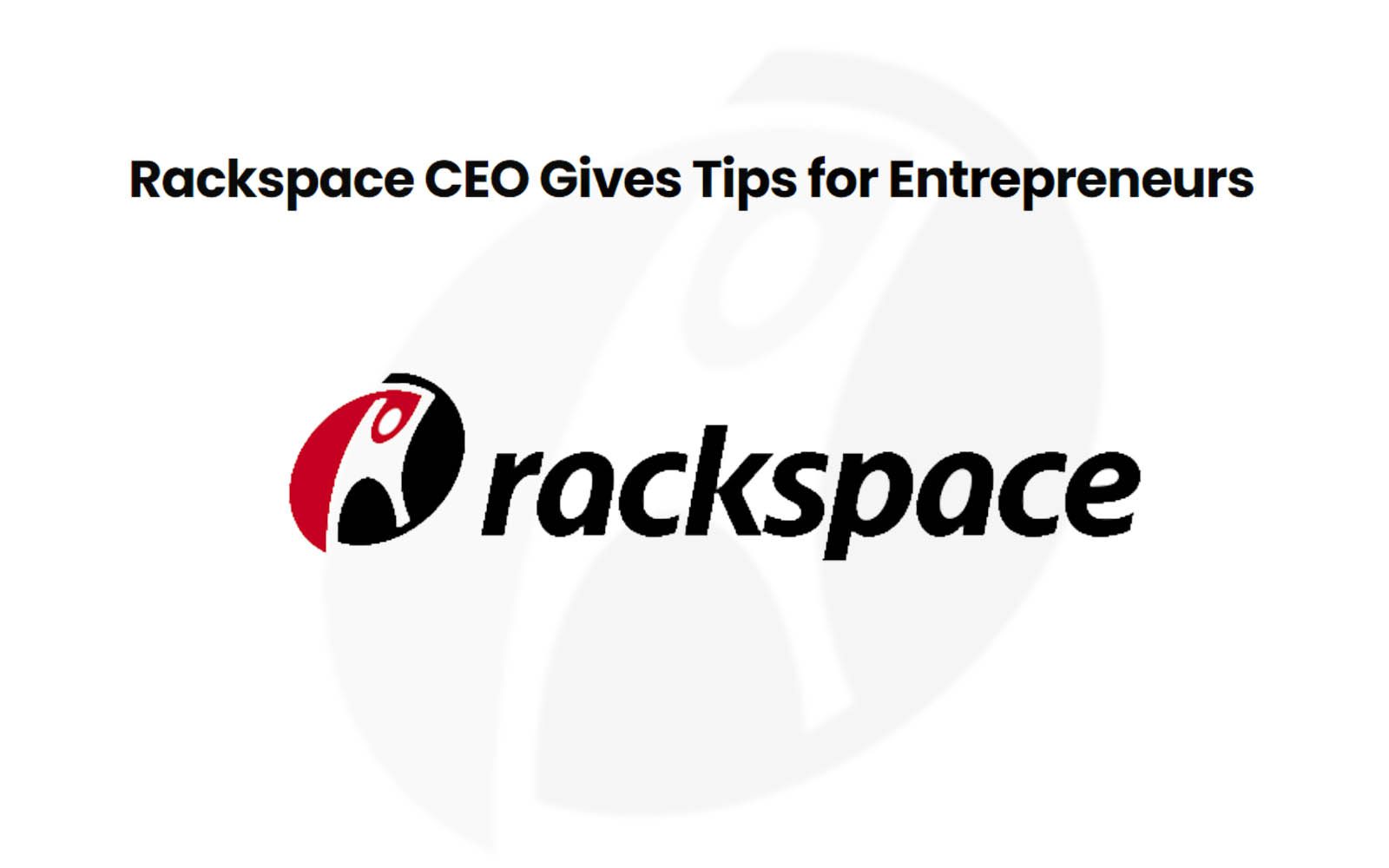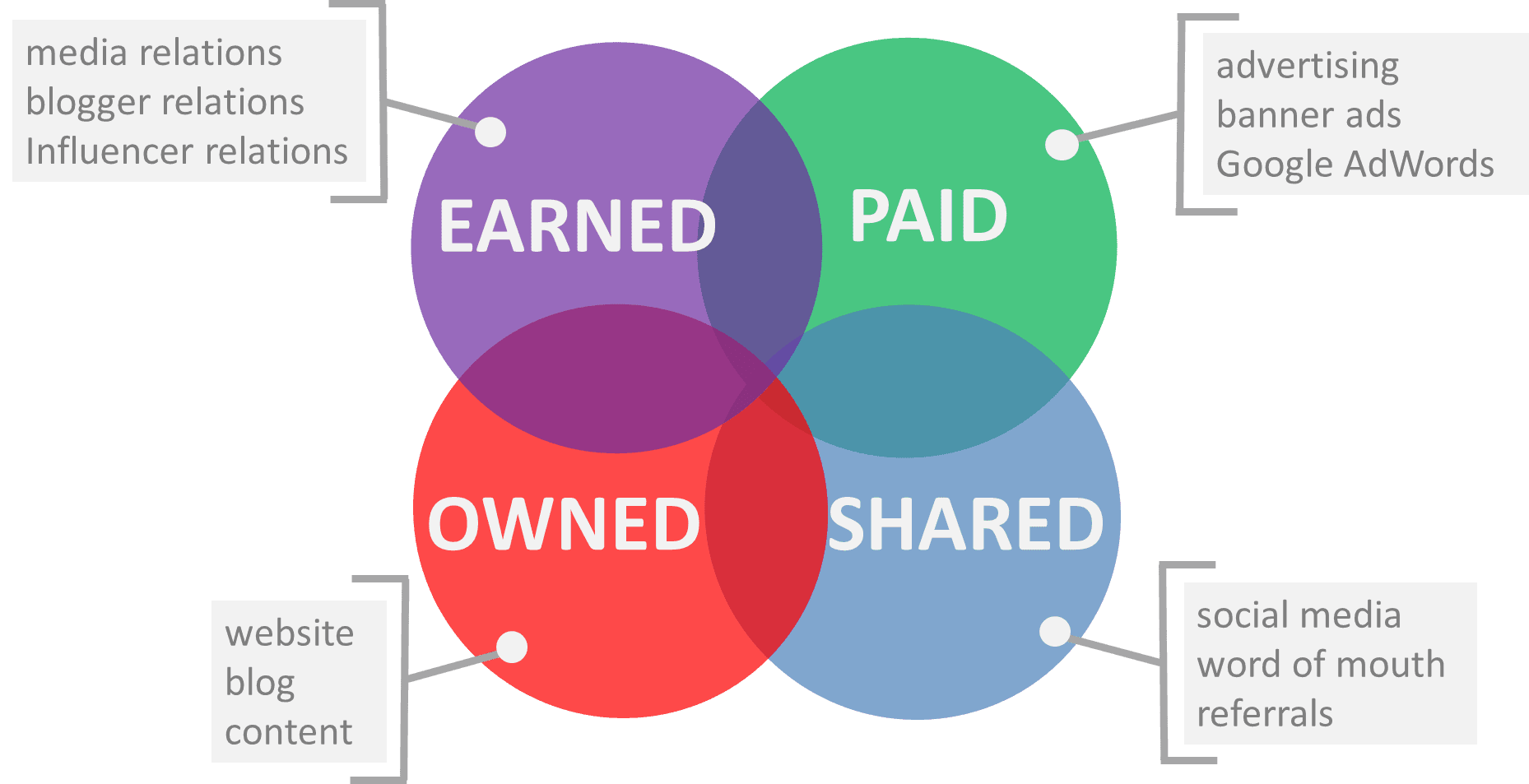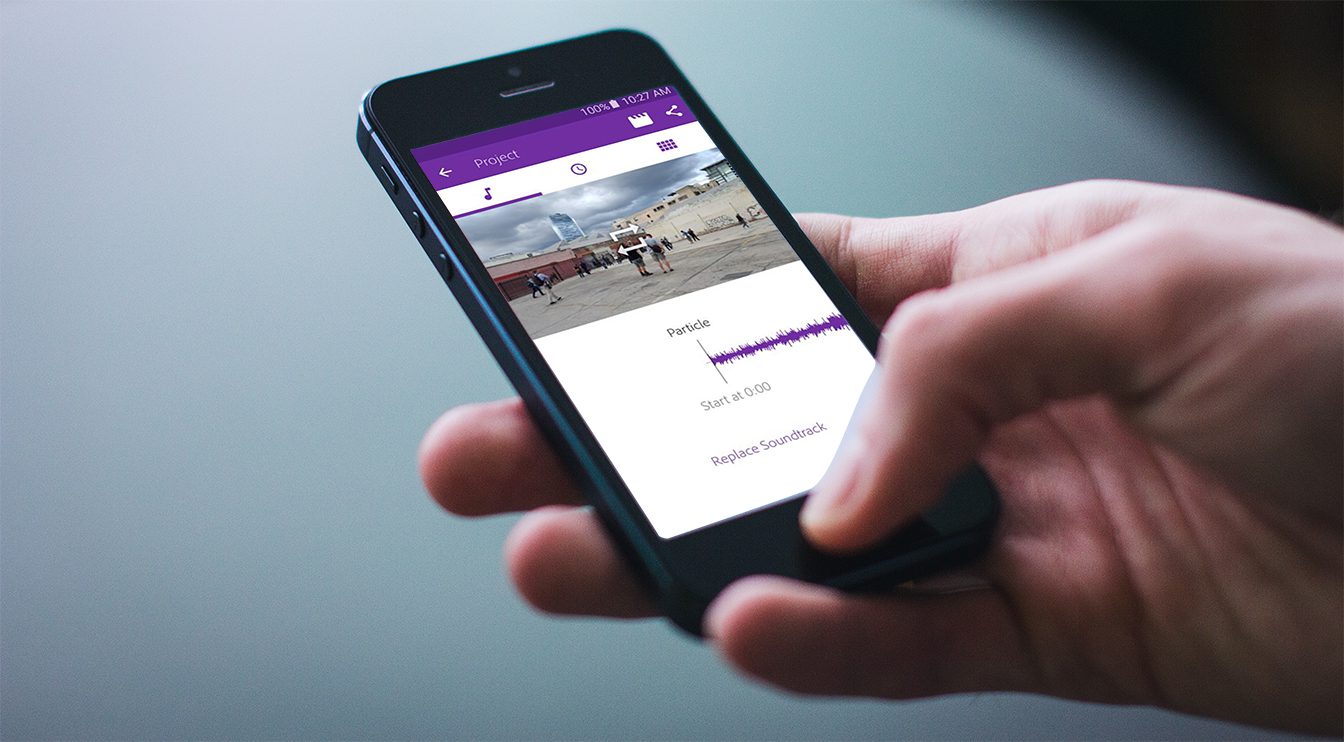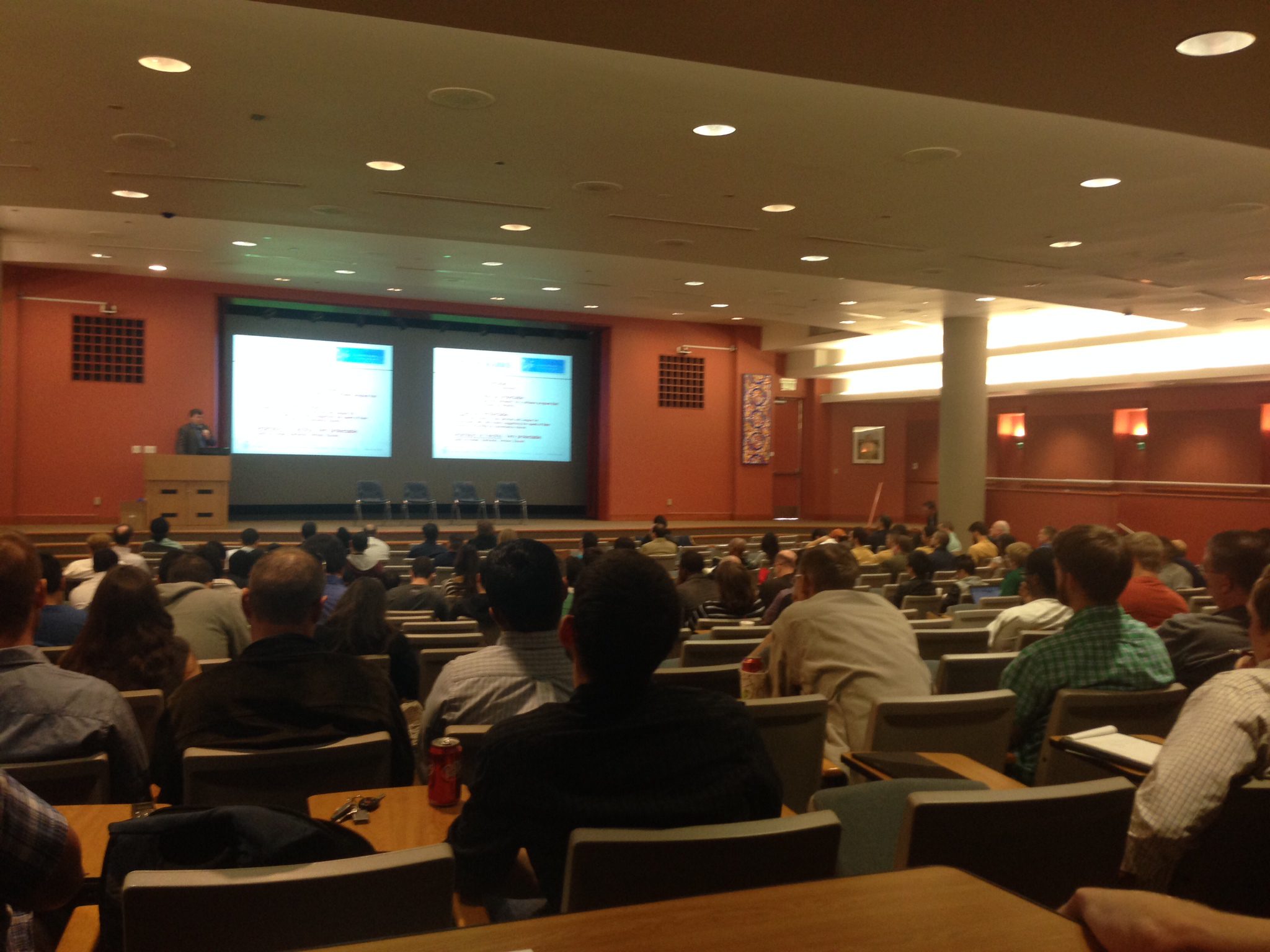This morning I attended the SATAI (San Antonio Technology Accelerator Initiative) STARs 2009 Technology Innovation Conference and listened to Rackspace CEO Lanham Napier and Founder Pat Condon talk about some of the interesting things about the growth of Rackspace, how they dealt with venture capital, and more importantly, how culture played a huge role in their current success. Some of the cool takeaways you would be interested in were the following:
1. Culture Matters. Even after the IPO last summer, the culture within Rackspace remained the same. It was crucial that nobody changed their screensaver from “The Matrix” to the Rackspace stock price (NYSE: RAX). This would create a very short-term outlook and take the focus off of the customer, and on to dollar value. Everyone is able to express themselves in just about any way they want to as a “Racker”, which to this day, companies still have difficulty with. At Pear, we believe in the “no cubicle rule” – everyone including myself all sit in the open, and we have amazing collaboration with office mates Brandstack.
2. Hire Attitude, Not Skills. For the first two years, Rackspace hired people with a lot of technical aptitude to manage the support team. It turned out they needed a major shift in ensuring that he people who were talking to the customers truly loved their work. Lanham says “how many times have you been to a ticket counter at an airline where you can just tell these people really don’t want to be here (with the exception of maybe Southwest and JetBlue)”? Put the right people in the right place. Pat Condon refered to the book “Strengths Finder 2.0” by Tom Rath – a book they regularly use at Rackspace to make sure everyone is playing to their strengths.
3. Focus on Your Customers. Believe it or not, Rackspace didn’t always have Fanatical Support. In the early days when they were all jammed together in a small office, a customer called in one day asking for his backup. Well, they didn’t have the backup and this was the second time they screwed it up for this particular customer. After the phone call, David Bryce stood up and said “guys, we have to do this better for our customers. We can’t keep letting them down. We need to be more fanatical.” – and hence, Fanatical Support was born. This wasn’t something that came from the marketing department – this came from a real customer experience.
4. Do More With Less. In the early stage Rackspace had no problem raising capital. Interestingly enough, the pool dried up. Their first try at going public in 2000 failed and VC’s were not writing checks anymore, and if they did they wanted a 3x preference. They were down to about 2 months worth of cash and had to focus on focus on their customers to get through. I talked with Pat Condon specifically about this and he says that there is a tendency to want to raise more money than what you really need, but at the end of the day, raise what you need to build your product and get customers. This way you’re not on a spending spree running up your burn rate. When you bootstrap, you really have to come up with creative ways to make the cash stretch – and that’s what they did. They cut their $1m per month burn rate way down to stretch the cash, and ultimately got some local VC’s to offer a better deal, which forced the larger institutonal ones to fall in line.
5. Want Money? Have a Product Ready. You’re not going to be attracting any angels or VC’s unless you have an actual product. PowerPoints are not going to sell you anymore. If your product has customers, is in beta, or even generating revenue, even better. Show that you can put something together with ingenuity, creativity and financial stewardship.
Hope this helps you. What is your company culture like? Do you have the right people in the right place?
















